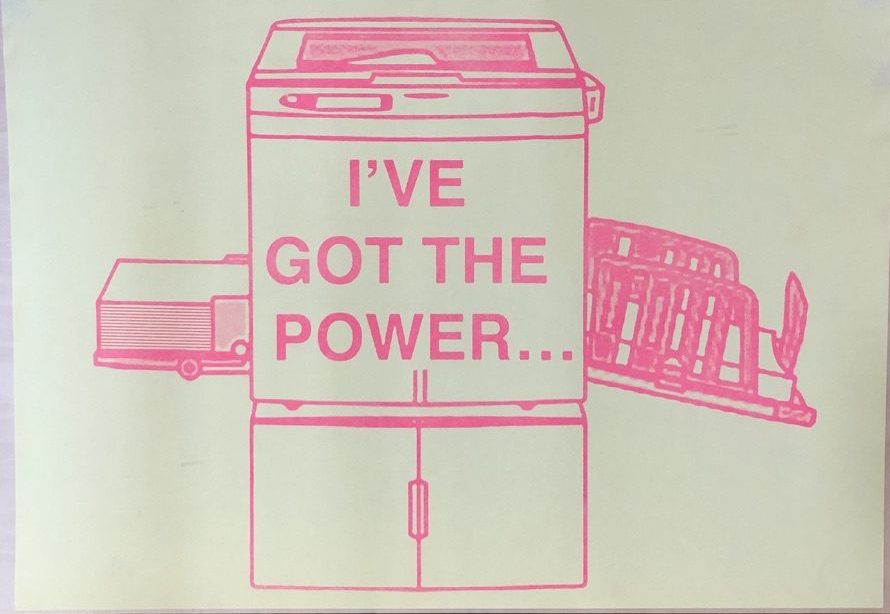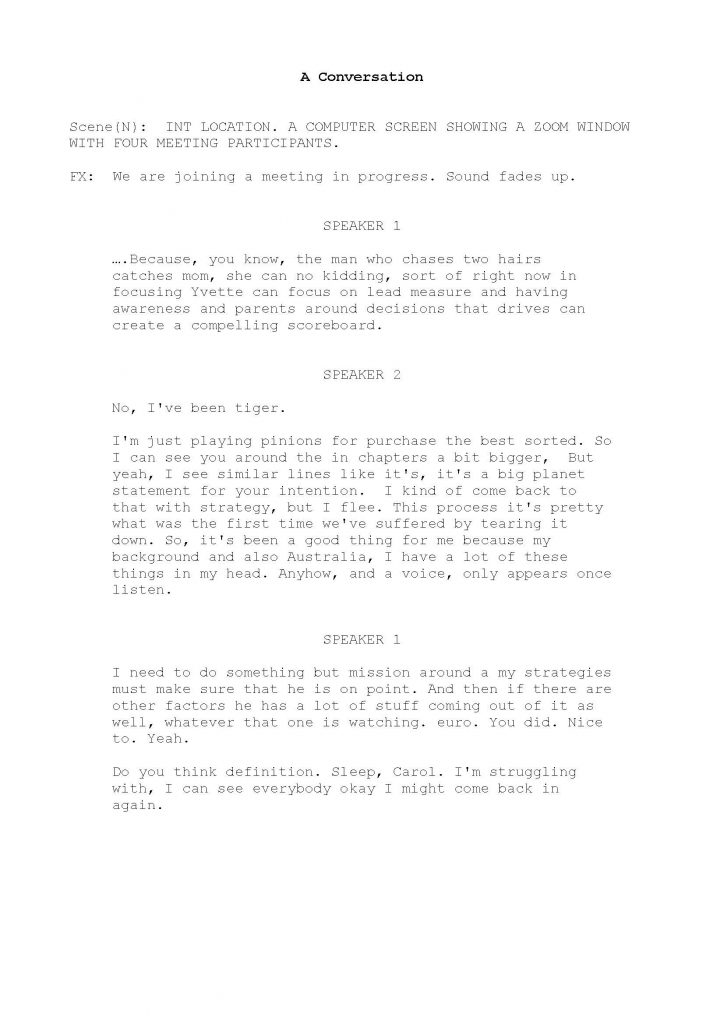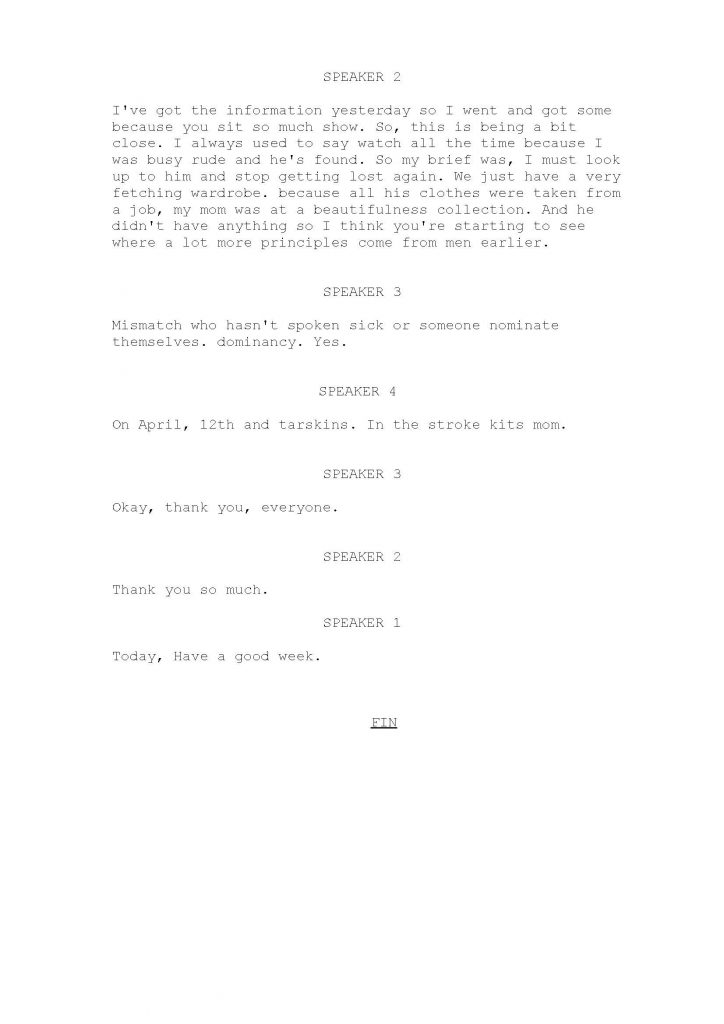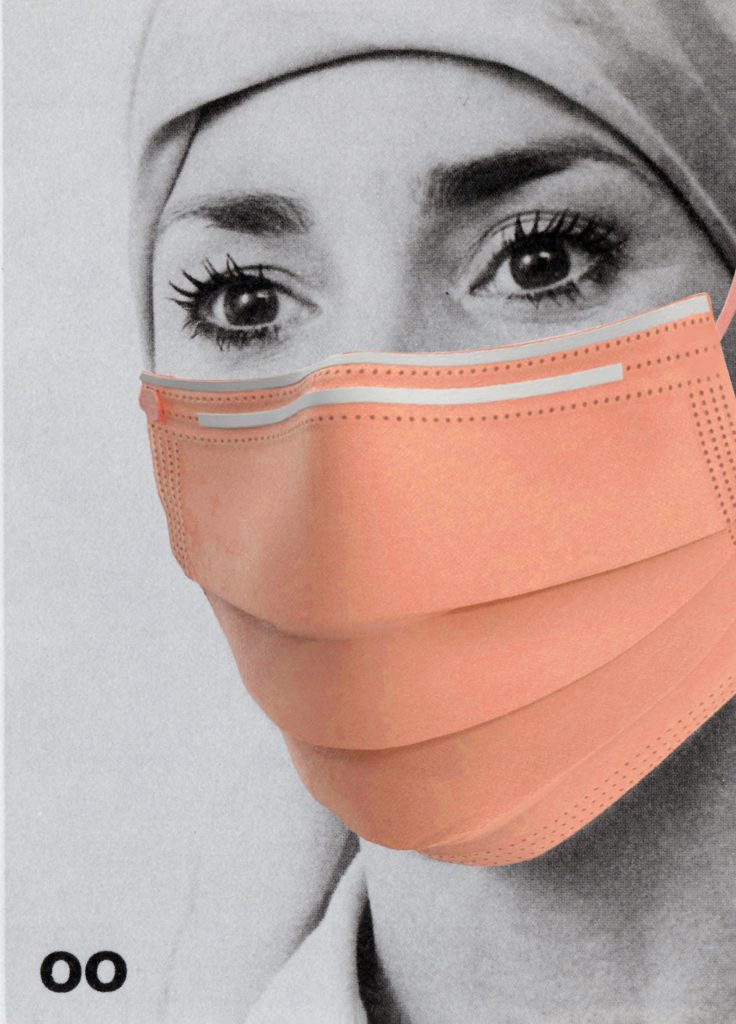Although most recently I’ve been focusing on creating the residency risograph prints, this post returns to the idea of context as a fundamental factor in untangling lipreading, typographic and AI errors. Lipreading is often like completing a giant freeform crossword puzzle; filling in one set of clues reduces the parameters for the next set, and the next. Context enables you to instantly discard broader variables and zoom in on the most likely possibilities. Working with BSL/SSE interpreters does the same thing; while “vignette” and “finesse” will create almost identical lip patterns, the BSL interpretations use completely different hand shapes and movements.
Lipreading is physically impossible with masks, but there’s also loss of facial expression giving tone & context. But there are still contextual clues; where are you, what’s happening around you?
The same issues seem to be occurring with AI transcription; I examine the context in which errors occur to try to work out what the most likely interpretation is. This is a real challenge as you’ve a tiny amount of time to expend before the conversation moves on – with possibly another set of mangled meaning to decipher. The last work I’ve made looks at this mental juggling by using the risograph duotone process to “correct” mangled AI using proofreaders marks, to represent the two simultaneous thought processes. That work will be in the residency exhibition, but here’s a few puzzles for you to be going on with.
“The moose doesn’t strike any emotion.”
“The perfect cinnamon.”
“I know there is a framework for achieving Oswald by doing do command Libra.”





